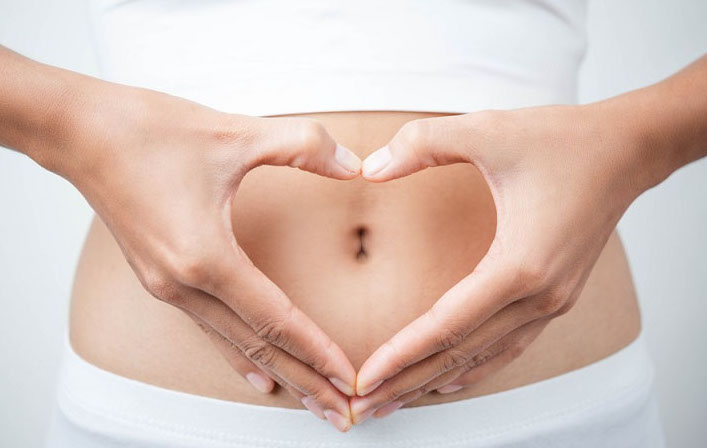 Polycystic ovary syndrome (PCOS) is the most common cause of female infertility. How does it manifest itself?
Polycystic ovary syndrome (PCOS) is the most common cause of female infertility. How does it manifest itself?
Polycystic ovary syndrome is a gynecological disease caused by excess production of male sex hormones. It is the most common endocrinological problem in women of productive age, which results in infertility. The disease is usually manifested by increased acne formation, overweight, irregular menstruation and the growth of pubic hair, which appears in areas that are typical for the opposite sex in this respect.
Polycystic ovary syndrome (PCOS) is the most common endocrinological disease, affecting between 6% and 20% of women in various forms. The body produces excessive amounts of male hormones, mainly testosterone, resulting in the absence of menstruation and, ultimately, infertility.
And why are ovaries referred to as polycystic? Ovaries are enlarged and are surrounded by a cluster of large follicles. Their presence is a consequence of the fact that women with PCOS often do not ovulate. These cysts are arranged on the up to three times larger ovaries in such a way that they give the impression of a pearl necklace.
Some experts believe that so-called insulin resistance could be behind the disease. Insulin is an important factor in the transport of blood sugar and its subsequent use and regulation. It also plays a role in the metabolism of carbohydrates and fats. If there is resistance to the action of insulin at the cellular level, the body tries to cope by making more of it. The patient thus develops what is known as hyperinsulinaemia, which can cause the ovaries to make significantly more male hormones.
Symptoms of the disease
Although early diagnosis is very important in this case, most women find out about the disease too late. Moreover, many of them are misunderstood by those around them during their lifetime. This is because they simply regard sick women as fat and neglected.
Women with PCOS look masculine and have a figure lacking typically feminine curves and shapes with ough or deep voice. Increased levels of male hormones in female patients also cause:
- excessive hair loss
- acne
- hyperpigmentation
- hirsutism (increased body hair, which usually appears in areas that are typically male, such as the chest, cheeks, above the upper lip, chin, back and abdomen)
- unexplained weight gain
- frequent miscarriages
- bloating
- pelvic pain and
- sleep problems
Hormonal imbalances affect not only the physical condition but also psychological. Therefore, anxiety, depression, relationship difficulties and social phobias are added to menstrual cycle problems. Patients feel less feminine and their self-esteem suffer greatly.
Treatment
Unfortunately, there is currently no treatment for this disease. If a woman does not wish to become pregnant, doctors usually prescribe hormonal contraceptives to induce a so-called menstrual pseudocycle and suppress the physical symptoms caused by the increased production of male sex hormones. However, it does not completely solve the problem, as the symptoms return after the pills are taken off again. If a woman is trying to get pregnant the doctor has to prescribe a very strong hormone treatment with no guarantee of its effectiveness.
Positive effects have also been described with the use of CBD.
In the case of insulin resistance, doctors can then prescribe antidiabetic drugs to help reduce the level of androgens in the body and prevent the development of type II diabetes. Women can also help themselves in the fight against insulin resistance. It is important to cut out foods with a high glycemic index from the diet, especially foods such as:
- fruits
- sweets
- cereals
- potatoes
- milk
- canned tomatoes
- corn
Disease prevention
As already indicated above, the most important measure for women with PCOS is dietary modification, which they should strictly follow, and also exercise. This should ideally be on a daily basis and should last for at least an hour. Brisk walks are ideal or running. A sedentary lifestyle and lack of exercise exacerbate the disease. If a woman is really strict in her adherence to the measures, these steps can lead to a spontaneous resumption of the menstrual cycle. But of course it depends on the case.
On the psychological side of the disease, women suffering from polycystic ovary syndrome would benefit greatly from greater understanding from the society. This can only be achieved through sufficient education. Because, as has already been said, many people are completely unaware of the existence of this disease.
